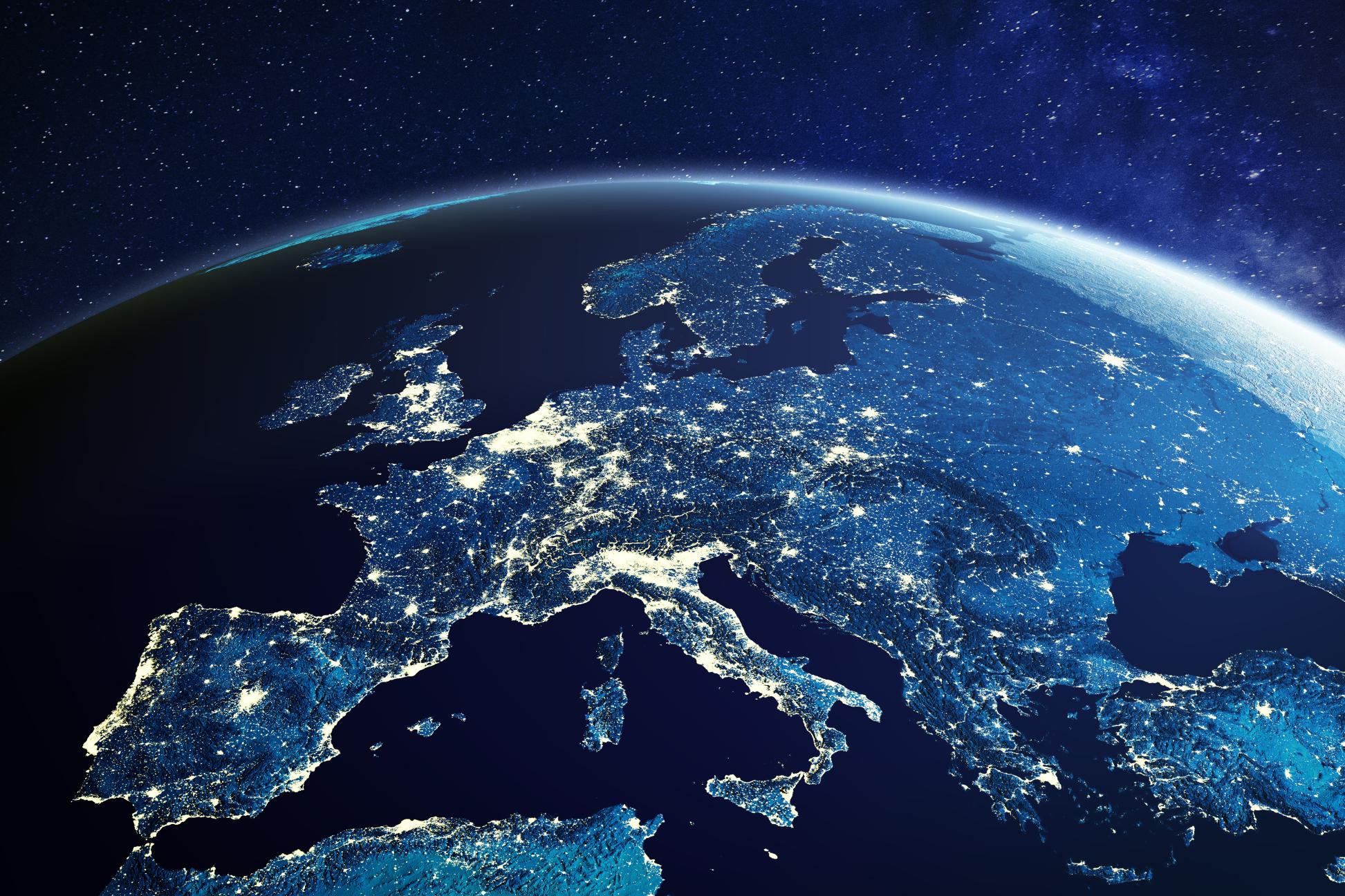
Media Bias
Madalina Boțan, National University of Political Studies and Public Administration, Romania
madalina.botan@comunicare.ro
Nicoleta Corbu, National University of Political Studies and Public Administration, Romania
nicoleta.corbu@comunicare.ro
The study of media bias remains a dynamic field characterised by ongoing investigations into its nature, impact, and strategies for mitigation. Scholars from diverse disciplines such as media studies, political science, and communication aim at better explaining the intricate interplay between media bias, public opinion, and civic engagement.
The advent of advanced computational tools has facilitated large-scale studies, enabling researchers to analyse extensive amounts of textual and visual data, revealing nuanced patterns of bias. Investigating the influence of media bias on public opinion and political behaviour remains a central focus. Researchers delve into how various forms of bias, whether partisan, cultural, or economic, shape individuals’ attitudes, beliefs, and voting behaviour. Understanding these dynamics is essential for comprehending the role of media in shaping democratic societies and informing policy decisions.
Studies also scrutinise the role of emerging technologies in either amplifying or mitigating media bias. The proliferation of algorithmic curation and personalised content delivery on digital platforms has led to discussions on filter bubbles and echo chambers, where individuals predominantly encounter information aligning with their pre-existing beliefs. Conversely, researchers explore how technologies like machine learning and natural language processing can be utilised to detect and counteract bias in news reporting.
Addressing media bias goes beyond academic research, with initiatives focusing on media literacy and educational interventions. Scholars investigate the effectiveness of interventions designed to enhance critical media literacy skills, enabling individuals to navigate and discern biased information effectively.
In the realms of policy and regulation, researchers examine also the roles of governmental and self-regulatory measures in mitigating media bias. The complex challenge of balancing journalistic freedom with preventing the dissemination of misleading or intentionally skewed information requires careful consideration of legal, ethical, and technological solutions.
Keywords: biased information, public opinion, political behaviour
Related Entries: Bias, Media Literacy, Public Opinion
References:
Boczkowski, P. J., & Mitchelstein, E. (2013). The news gap: When the information preferences of the media and the public diverge. MIT Press.
Gentzkow, M., & Shapiro, J. M. (2010). What drives media slant? Evidence from U.S. daily newspapers. Econometrica, 78(1), 35–71. https://doi.org/10.3982/ECTA7195
Iyengar, S., & Hahn, K. S. (2009). Red media, blue media: Evidence of ideological selectivity in media use. Journal of Communication, 59(1), 19–39. https://doi.org/10.1111/j.1460-2466.2008.01402.x
Sunstein, C. R. (2017). #Republic: Divided democracy in the age of social media. Princeton University Press.

